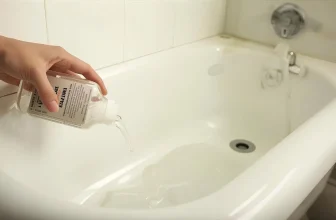How to Paint Warehouse Floor? A Step-by-step guide
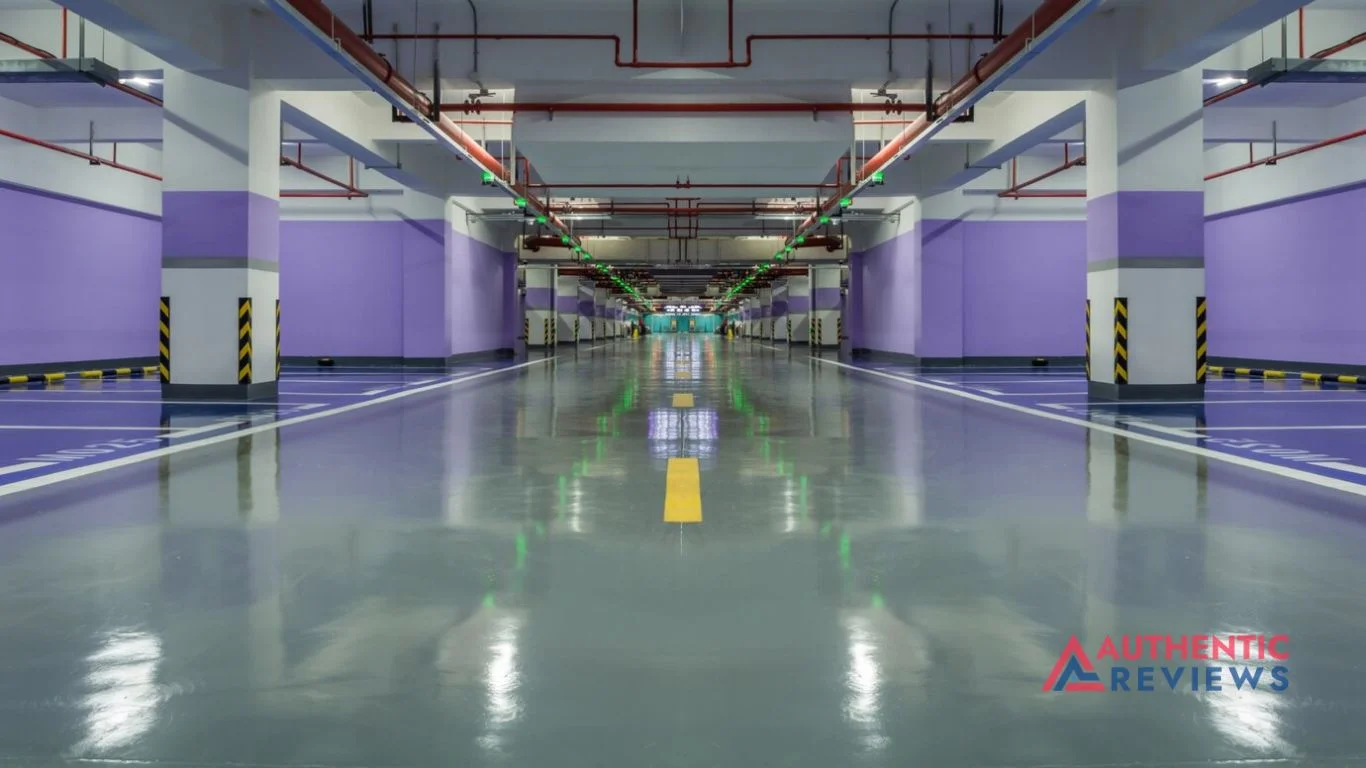
Are you tired of walking into your drab-looking warehouse? Does the floor look like it hasn’t been updated since the 90s? Fear not, my friends, as I come bearing the solution for all your drab-warehouse-floor-related woes.
Painting your warehouse floor is an easy and affordable way to give your space the facelift it deserves. It’s like giving a new haircut to your best friend who’s been rocking the same 80s mullet for years. It’s also adding color to a blank canvas or putting the icing on a cake.
In this article, I take a look at the step-by-step process of how to paint warehouse floor. From choosing the right type of paint for your room to prepping it for painting and then going through with the actual painting — I’ve got you covered. So get ready to say goodbye to that drab-looking floor and hello to a vibrant, new look.
Read Also How to Wash Wrestling Shoes?
Let’s start warehouse floor preparation before painting.
Preparing The Warehouse Floor: How To Get Ready For Perfect Canvas?
When painting your warehouse floor, you want the best results. That’s why it’s important to prepare the surface before actually starting to paint. Here are some tips for prepping your floor and getting it ready for a flawless warehouse floor paint job.
Step 1: Clear the area
Before you start warehouse floor painting, clear the floor of all items and equipment. That means anything from shelves and filing cabinets to office chairs and desks. It’s best to move them out of the room or, if you can’t, group them together in one area so they don’t get in the way.
In addition, it’ll give you more space to work with and make the painting process less cluttered.
Step 2: Sweep and mop the floor
Once you clear the room, it’s time to sweep and mop the surface. Sweeping away dirt and debris will ensure that nothing gets in the way of your paint job. Mopping is also important for removing grease and oil, which can prevent the paint from adhering properly.
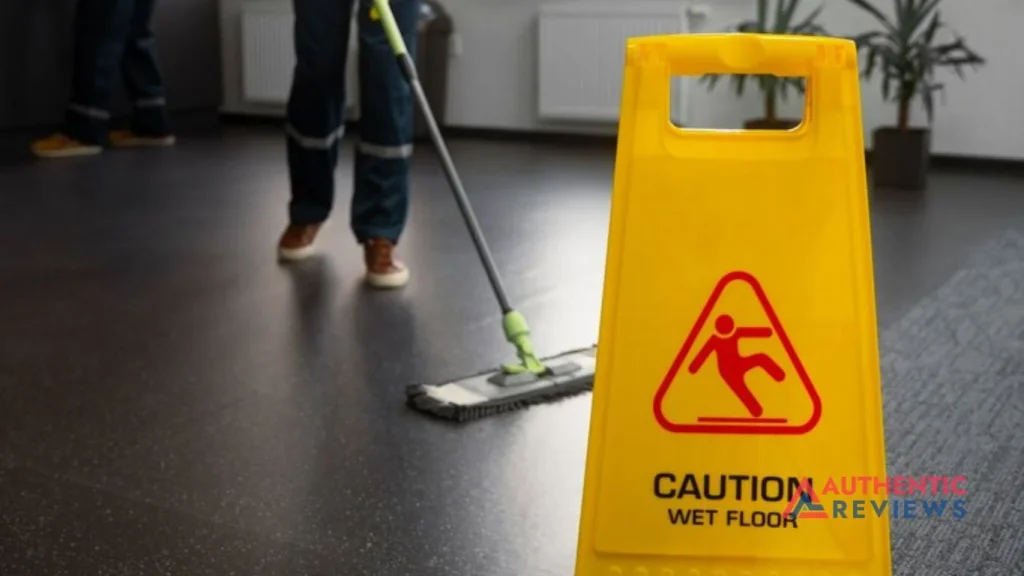
Read More about How to Check If the Toilet Seat Can Handle Your Weight?
For best results, use a mild detergent and warm water to mop the floor. You can also use a cleaning solution specifically designed for warehouse floors. This will help remove stubborn dirt and grime that can interfere with the painting process.
Step 3: Repair any damages
Now that you have a clean surface start looking out for any cracks, holes, or gaps in the floor. If you leave these unattended, you risk paint cracking or chipping off in the future. Ensure that any cracks or holes get filled with a suitable filler and smoothed or sanded as per the manufacturer’s instructions.

Step 4: Etch and rinse the floor
To guarantee good paint adhesion, etch the floor with an acid solution, such as Muriatic acid. Remember, acids are dangerous, so follow proper safety procedures. After etching, rinse the floor thoroughly with water until you have a neutral pH on the concrete.
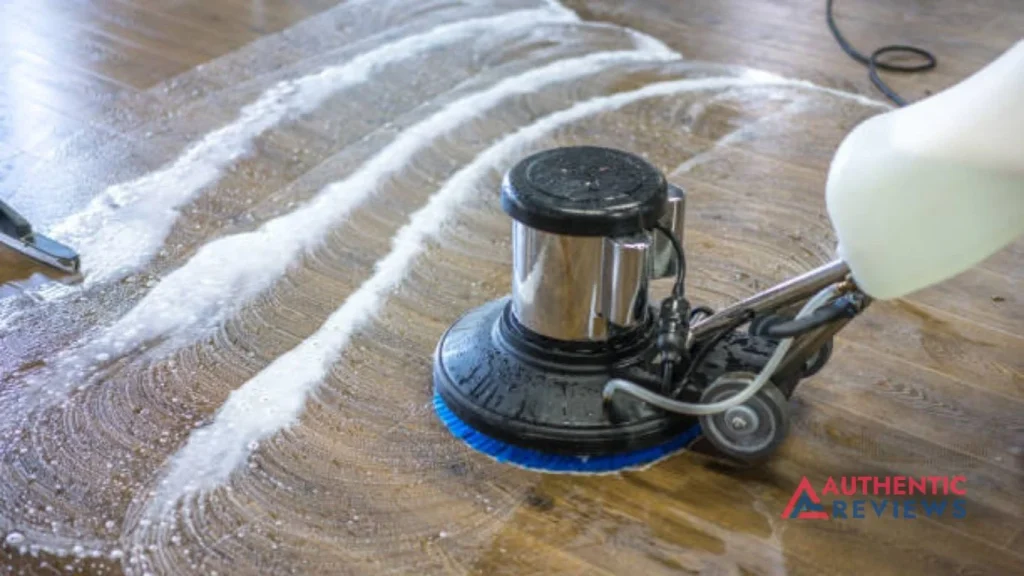
Step 5: Sand the floor
To add pizzazz to the surface, use a grinding wheel or disc sander to smooth out high points and level any bumps or uneven spots. Start in one corner and work your way across the floor in a systematic pattern. For best results, use discs specifically designed for concrete floors, as these will cause the least damage to the concrete.
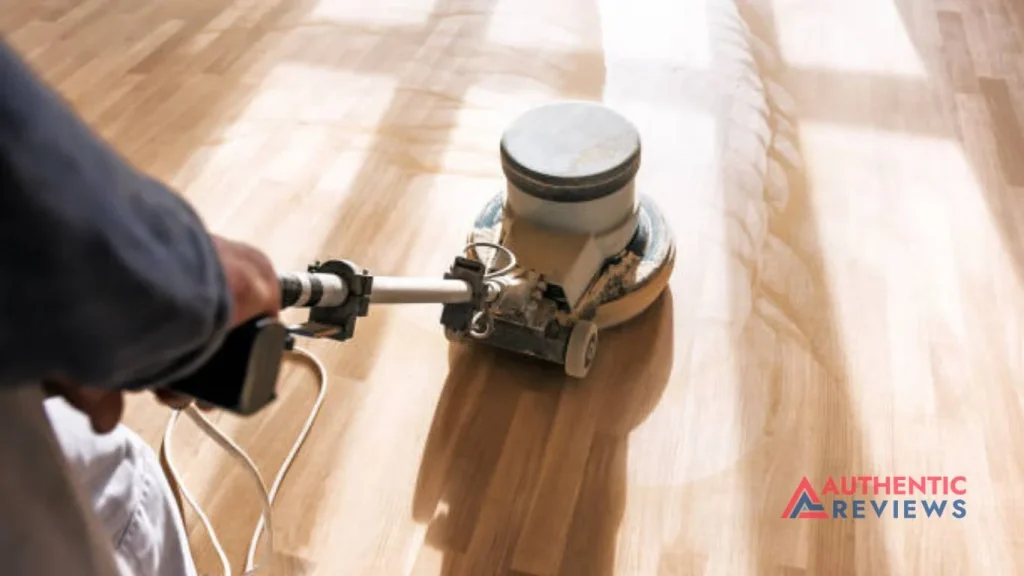
Step 6: Apply Primer
Finishing off the preparation of your warehouse floor is an important step – applying primer. Primer helps to create a barrier between the concrete and the paint, which helps the paint to adhere better and last longer.

Read How to Clean A Toilet Brush And Holder?
To apply primer, use a roller or brush to create an even layer on the surface. Start in one corner and work your way across the floor, making sure to get into all of the cracks and crevices. Allow the primer to dry completely before continuing with the painting warehouse floors process.
Step 7: Let the floor dry
Finally, after completing all the above steps, let the floor dry completely before applying paint. You can speed up the drying process by using a fan – this will help ensure the floor is completely dry before you start painting.
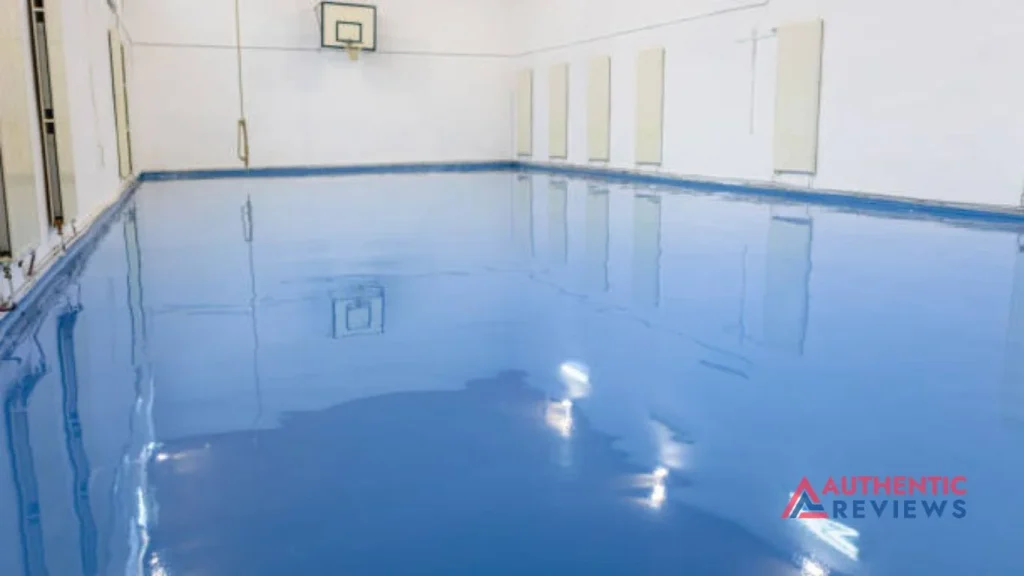
Now that you know the proper way of preparing your warehouse floor, let’s proceed to select the appropriate paint and tools to finish the project.
Planning And Materials: How To Choose The Right Paint And Tools For The Job?
Everything starts with the right plan. Selecting the appropriate paint and tools for your painting project is key to getting great results.
Here are five-tool recommendations as well as factors to consider when choosing paint:
- Wire brush – It removes any dirt, debris, or old paint from the concrete surface.
- Vacuum (with brush attachment) -A vacuum is used to pick up any dust and dirt that may have been left behind by the wire brush.
- Paint scraper – This tool removes any remaining paint or other materials stuck on the concrete surface.
- Paintbrush – A paintbrush is used to apply primer and paint in areas that cannot be reached with a roller.
- Paint roller – A paint roller is used to evenly distribute primer and paint over large surfaces quickly and efficiently.
Tips for choosing the right paint for your warehouse floor
When choosing the right type of paint for your warehouse floor, there are several factors you should consider:
Durability
Before you purchase paint, ensure it’s designed to handle the wear and tear of a warehouse floor. Opt for a product that’s rated for both interior and exterior use. The most durable floor paint is usually the best choice for warehouses.
Color
When selecting the color, consider the type of warehouse floor and the light in that area. If you want a natural look, go for a neutral tone. If you prefer something more vibrant, choose a bright color.
Sheen
One of the most important factors to consider is the sheen of the paint. Glossy paints will reflect more light, making them great for high-traffic areas. For a softer finish, matte or eggshell paints are the better choices.
UV resistance
If your warehouse floor is exposed to direct sunlight, choose a paint that is designed to resist UV rays. It will help to prevent fading and discoloration over time.
Low VOCs
For valuable environmental reasons, you should always opt for low or zero-VOC paints. This type of paint is not only safe for the environment but also healthier to use.
The best warehouse floor paint for your needs will depend on your specific requirements. Generally, Epoxy paint is an excellent choice for warehouse floors as it offers superior durability. They come in various colors and finishes, making them easy to customize. They provide excellent protection against wear and tear, making them ideal for industrial settings such as warehouses.
You have a thorough knowledge of the tool and paint you need to use for the job. Now you are ready to begin your painting project and create a beautiful, durable warehouse floor.
3 Remarkable Techniques For Perfect Finish: How To Paint Warehouse Floor?
Painting a warehouse floor is an important job that requires careful preparation and attention to detail. Here are three techniques for applying paint to a warehouse floor:
Technique No1: Roller Painting
Roller painting is a great way to get a perfect finish on your warehouse floor. The roller ensures the paint is evenly spread across the surface, giving it a smooth and uniform look. The rollers also allow you to apply multiple coats of paint in one go quickly.
For best results, use a roller with a long handle to avoid overworking your back. In addition, the extended reach ensures you cover all the hard-to-reach areas. If necessary, you can also switch to a smaller roller for areas that require more precision and detail.
Technique No2: Airless Spraying of the paint
If you want faster and more even coverage, airless spraying is the way. This technique requires an airless sprayer that pumps the paint at a high-pressure rate, ensuring it covers a large area in one go. The result is a finished floor with an even and consistent look.
Airless sprayers are ideal for both small and large projects, allowing you to get the job done quickly without compromising on quality. Furthermore, they are highly versatile and can be used with various paints, including oil-based and latex-based formulas.
Technique No 3: Brush Painting
Do you need a precise finish on your warehouse floor? Brush painting is your go-to technique. The right brush will allow you to apply painting evenly and accurately around the edges, corners and hard-to-reach areas.
Synthetic brushes are best for water-based paints. While natural bristles are best for oil-based paints. Start by loading the brush with paint, then use short and even strokes to apply the paint to the surface. This technique is ideal for DIYers who need a good-looking and precise finish without the help of professionals.
Now that you know how to achieve a flawless finish on your warehouse floor, let’s discuss its maintenance.
Maintenance And Clean Up: How To Keep Your Floor Looking Fresh?
Applying paint to your warehouse floor is only half the job done. To ensure your paint remains in good condition, regular maintenance is essential. Keep the following 5 tips and tricks in mind to keep your floor looking fresh:
Avoid heavy loads
To prolong the life of your warehouse floor, avoid placing heavy objects such as pallets and machines directly on the painted surface. If your warehouse floor is prone to heavy traffic, consider using mats and rugs.
Check for peeling paint
Regularly inspect your warehouse floor for signs of peeling paint. If you notice any, scrape off the layer and repaint the area as soon as possible.
Sweep regularly
Warehouse floor dust and dirt can accumulate, creating a discolored and dull finish. Therefore, it is important to sweep regularly using a soft-bristled brush. This will help remove dirt or debris and keep your warehouse floor looking good for longer.
Apply Sealant
To ensure a durable finish, apply a sealant after repainting. This will protect the paint from wear and tear and also prevent staining. Make sure to use a sealant that is compatible with your paint type, and consult a professional if necessary.
Clean spills immediately
Finally, clean any spills immediately. This will prevent the paint from getting damaged and ensure a lasting finish. Always use soap and water to clean up spills, and dry the area thoroughly before allowing traffic.
By following these maintenance tips, you can keep your warehouse floor looking fresh and new for much longer.
Frequently Asked Questions
The best paint color for a warehouse depends on the desired look and feel. Whites and grays are popular choices as they create a clean, crisp look. Browns and beiges can give a more natural, rustic feel. Yellows and oranges can add vibrancy to the space. It is best to experiment with colors and find one that fits your desired aesthetic.
Carpet is generally the best choice for flooring due to its comfort and warmth. It is much softer than hardwood, leading to sore feet or legs if you stand a lot. Carpet also provides better insulation and sound absorption than hardwood, making it ideal for bedrooms and other quiet spaces.
Warehouse floors are typically made of concrete, although other materials such as epoxy, polyurethane, and polyurethane-cement can also be used. Concrete is a durable and cost-effective option for large spaces like warehouses and provides even surfaces that can support heavy loads.
Conclusion
Painting the warehouse floor is not only about making the space look more attractive, but it is also about its safety and durability. In order to achieve the desired effect, you need the proper tools, equipment, and knowledge. The process for how to paint a warehouse floor can be overwhelming, but with this step-by-step guide, you will be able to tackle this project with ease.
You don’t need to be a professional painter for this DIY project. Remember that a properly painted floor can last for years and provide a seamless surface that can withstand heavy traffic and wear and tear. So what are you waiting for? Follow Authreviews’s guide on how to paint a warehouse floor.



